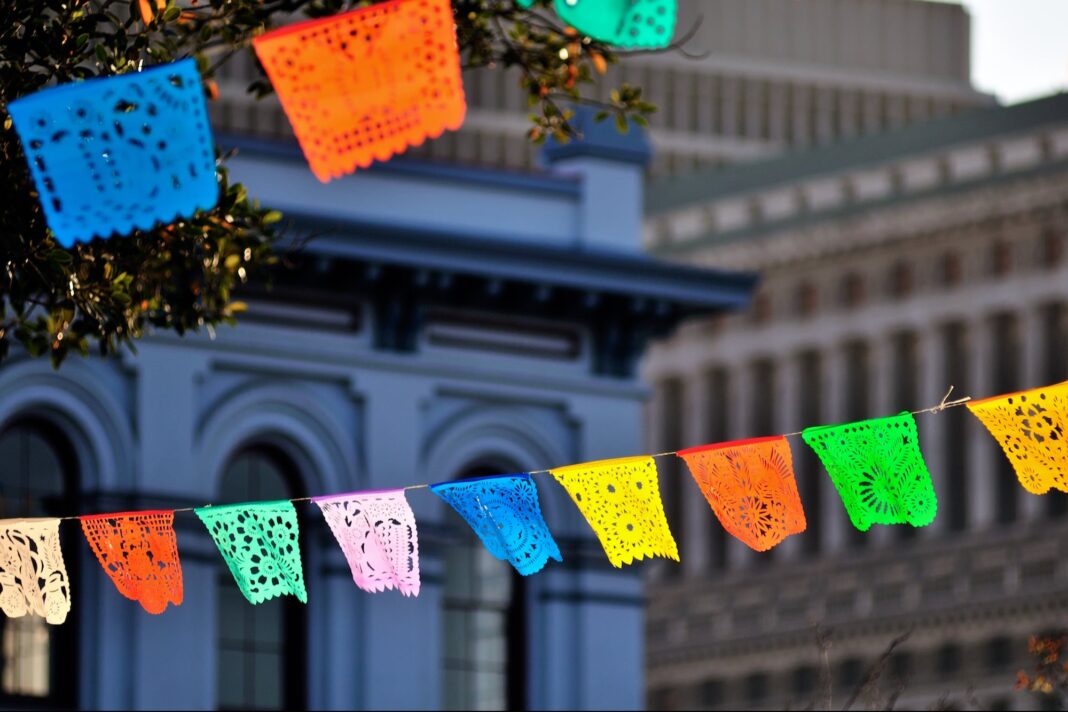Cinco de Mayo is around the corner — do you know what it actually celebrates?
If you’re like many Americans, you might mistakenly believe that Cinco de Mayo (“May 5” in Spanish) commemorates Mexico‘s independence from Spain. Forty-one percent of U.S. adults believe that Cinco de Mayo is Mexico‘s Independence Day, while 19% are unsure, according to a 2020 survey from market research and analytics firm YouGov.
But Mexican Independence Day is acknowledged as September 16, 1821, the day when the Catholic priest Father Miguel Hidalgo y Costilla urged his parish to resist the Spanish and an 11-year war for liberation began. Cinco de Mayo, on the other hand, marks the date of the Mexican army’s May 5, 1862, victory over France at the Battle of Puebla during the Franco-Mexican war.
Related: Starting a Business in Mexico: A Guide to Laws, Culture and More
May 5, 1862, marked “a great symbolic victory for the Mexican government” and spurred the resistance
On May 5, 1862, president of Mexico Benito Juárez assembled a group of 2,000 men — many of whom were either indigenous Mexicans or of mixed ancestry — and sent them to Puebla, a small town in east-central Mexico, to face off against 6,000 of Napoleon‘s French troops. Despite being greatly outnumbered and lacking heavy artillery, Juárez’s men forced the French to retreat — “a great symbolic victory for the Mexican government” that fueled the resistance movement, per History.com.
Although the French would go on to win a Second Battle of Puebla the following year, people in the state of Puebla began celebrating the holiday as early as 1863. As Mexicans immigrated to the U.S., some celebrations and small festivals came with them, gaining popularity in the mid-20th century on college campuses in response to the Chicano Movement’s push for Mexican American civil rights, Wine Enthusiast reported.
Related: Technology Trends Making Entrepreneurs Turn to Mexico
So why the mass confusion nowadays? Part of it can be attributed to an aggressive 1980s marketing campaign.
Coors spent more than $60 million in marketing to Latinx consumers in the 1980s
When the mid-1980s rolled around, Anheuser-Busch, Miller and Coors all embarked on major marketing pushes to reframe the holiday as a kind of “Mexican St. Patrick’s Day” that could capitalize on an increasing Mexican consumer base, per Wine Enthusiast. Anheuser-Busch and Miller each put together Hispanic marketing departments to do so, and Coors funneled more than $60 million in marketing to Latinx consumers after signing an agreement in federal court promising not to discriminate in its hiring.
The push paid off for beer companies — big time. Cinco de Mayo has become one of the biggest days for beer sales in the U.S.: In 2022, volume sales were 8% higher the week of the holiday compared to an average week over the course of the year, and commercial sales were up even more, with an increase of 12% compared to an average week in the year, according to Beer Institute data reported by Quartz.
Related: Where Anheuser-Busch Went Wrong and How We Can Do Better
What’s more, a 2018 poll from NationalToday.com, which surveyed 1,000 Americans about the holiday, found that 13% of them thought Cinco de Mayo “was just an excuse to drink” and that the top two intended ways to celebrate were “eating Mexican food” (59%) and “drinking margaritas” (32%).
Of course, the marketing around Cinco de Mayo and other culturally-specific observances continues today, with countless brands taking part on social media. But companies seizing the opportunity to recognize any of them would do well to consider why and how they’re choosing to highlight — and avoid becoming one of those accused of performing lip service without any real purpose or action behind it.
